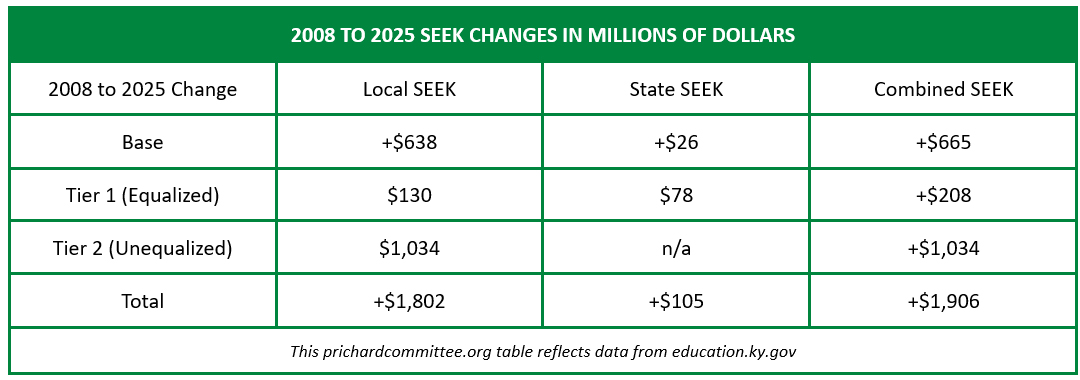With the release of its report, Inequities in Advanced Coursework, The Education Trust has found that Kentucky schools are radically failing to include Black students in elementary gifted and talented programs.
The report also shows that Kentucky is the 9th worst in the U.S. when it comes to Black students access to 8th grade Algebra.The report states, "In Kentucky, under-representation in advanced coursework begins early and is especially stark for Black students."Kentucky is one of 11 states – and is the bottom 3 – of states that would need to at least double the enrollment of Black students in gifted & talented programs in order for them to be fairly represented. It is even more troubling that across the Commonwealth, in schools that have gifted and talented programs, there are only 35 Black students enrolled in it for every 100 Black students who would need to be enrolled for the state to achieve fair representation. We are LAST in the nation in this area.We let African American children fall. We let African American children fail.

To be last in the nation is simply unacceptable. Under Kentucky state regulations, all students, regardless of race or socioeconomic background, must have a fair shot of entering these valuable programs that recognize high levels of intellect, leadership skills, creativity and artistic talent. This report should be a call to action for all Kentucky citizens to engage in constructive dialogue about how our schools can overcome this shocking racial disparity.It is also highly disappointing that Black students aren't enrolled in higher level math courses such as algebra in 8th grade. The result of lower enrollment among this student group will ultimately lead to lower math mastery later in high school and on into college and the workforce.We let African American children fall. We let African American children fail.The report points to the following causes for these disparities:
- Resource inequities
- Educator bias
- Assessment and grading bias
- Lack of access to diverse educators
- Inequitable access to quality early childhood opportunities
- Lack of communication with families about advanced opportunities
In my first "Failing to Deliver" blog post, I outlined several steps that we can take to stay focused on sustainable responses that embrace and support the needs of our African American learners and all their classmates. I urge you to revisit that post and give careful consideration to its message.These disparities and problems, among many others in Kentucky's education system, make our case stronger than ever for our Big Bold Ask. To deliver the promise of education excellence for every Kentuckian, regardless of race or socioeconomic background, the Commonwealth must reverse years of budget cuts and lost buying power. Our declining investment in education – and our future – is causing racial disparities such as the ones outlined in Education Trust's report, as well as numerous other issues. It is the reason we are proposing to increase state investment in education – from early childhood to postsecondary – $1 Billion by 2026.Kentucky must address our decline in education outcomes and we must address the disparities in educational outcomes for our African American students. We must do so with great urgency, courage, and commitment. Our state education leaders, legislators, and our communities, must be brave, steady, and focused on sustainable responses that embrace and support the needs of our African American learners and all their classmates.Watch the Ed Blog next week for a more detailed analysis of the EdTrust Report, which will also include information about advanced opportunities for Latino students.
For further reading:
Inequities in Advanced Coursework: What's driving them and what leaders can do'Racialized tracking' is denying Kentucky's black students gifted and advanced classesHidden talent? JCPS gifted and talented program overlooks artistic students












